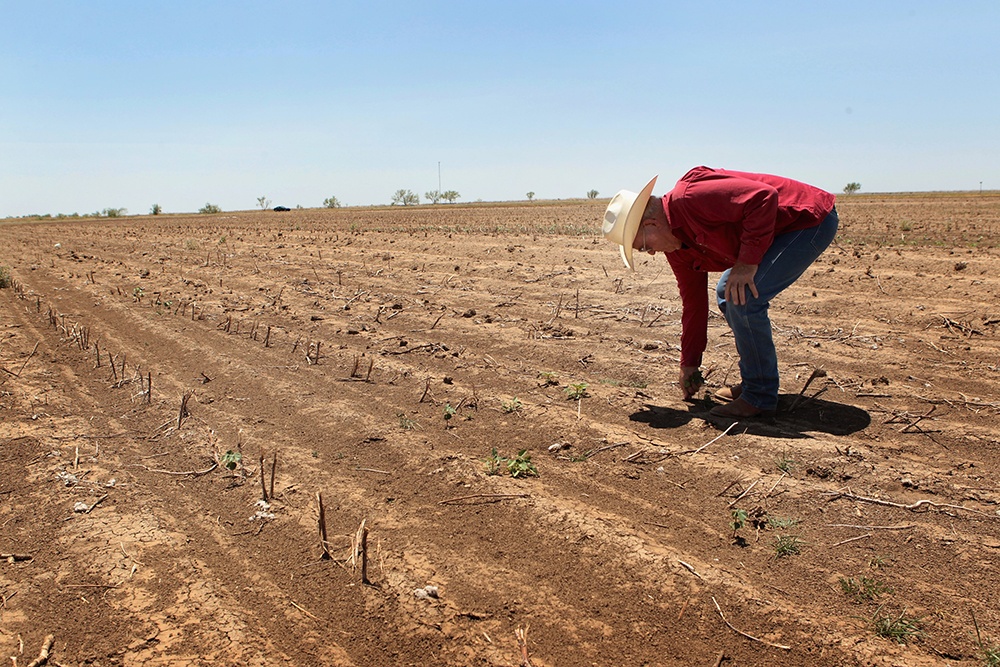
Highlights
- 67 percent of Texas is currently in moderate, severe or extreme drought
- Fire dangers are high and livestock such as cattle are beginning to feel stress in the Panhandle
Just a few months after Texas endured the most rainfall ever recorded in the United States, at least 67 percent of the state is in some form of drought. A Texas A&M University expert says dry conditions could linger for several more months.
John Nielsen-Gammon, professor of atmospheric sciences at Texas A&M and Texas State Climatologist, notes that Texans are suffering through some of the driest periods ever – parts of the Texas Panhandle have not received any measureable rain in at least 100 days.
“It’s extremely dry in the Panhandle, fire dangers are high and livestock such as cattle are beginning to feel stress,” Nielsen-Gammon explains.
“The record rains from Hurricane Harvey flowed into the Gulf of Mexico within weeks and it only takes a few months for Texas to get dry again. That’s where we are now.”
Especially hard-hit areas include the areas around Amarillo, Lubbock and Wichita Falls, he says.
Besides the 67 percent of Texas that is currently in moderate, severe or extreme drought, an additional 20 percent is abnormally dry, according to the U.S. Drought Monitor.
Last August, Harvey dumped more than 60 inches of rain in some parts of the state, but not long after it left, many parts of Texas started going into drought status. While August was the wettest August in Texas in the past 124 years, every month since then has been abnormally dry. Outdoor burn bans are in effect for at least one-third of the state.
Nielsen-Gammon says a La Niña – cooler than normal waters in the central Pacific Ocean that tend to impact weather patterns worldwide – has developed in recent months. These patterns are a partial culprit for the dry conditions, but models show that they are weakening and likely to continue weakening in upcoming months.
“But that may not be until May or June,” Nielsen-Gammon adds.
“Most of the state needs rain. Our winter so far in Texas has been unusually dry and that trend will likely continue.”
###
Contact: John Nielsen-Gammon at (979) 862-2248 or n-g@tamu.edu or Keith Randall, News & Information, at (979) 845-4644 or keith-randall@tamu.edu





